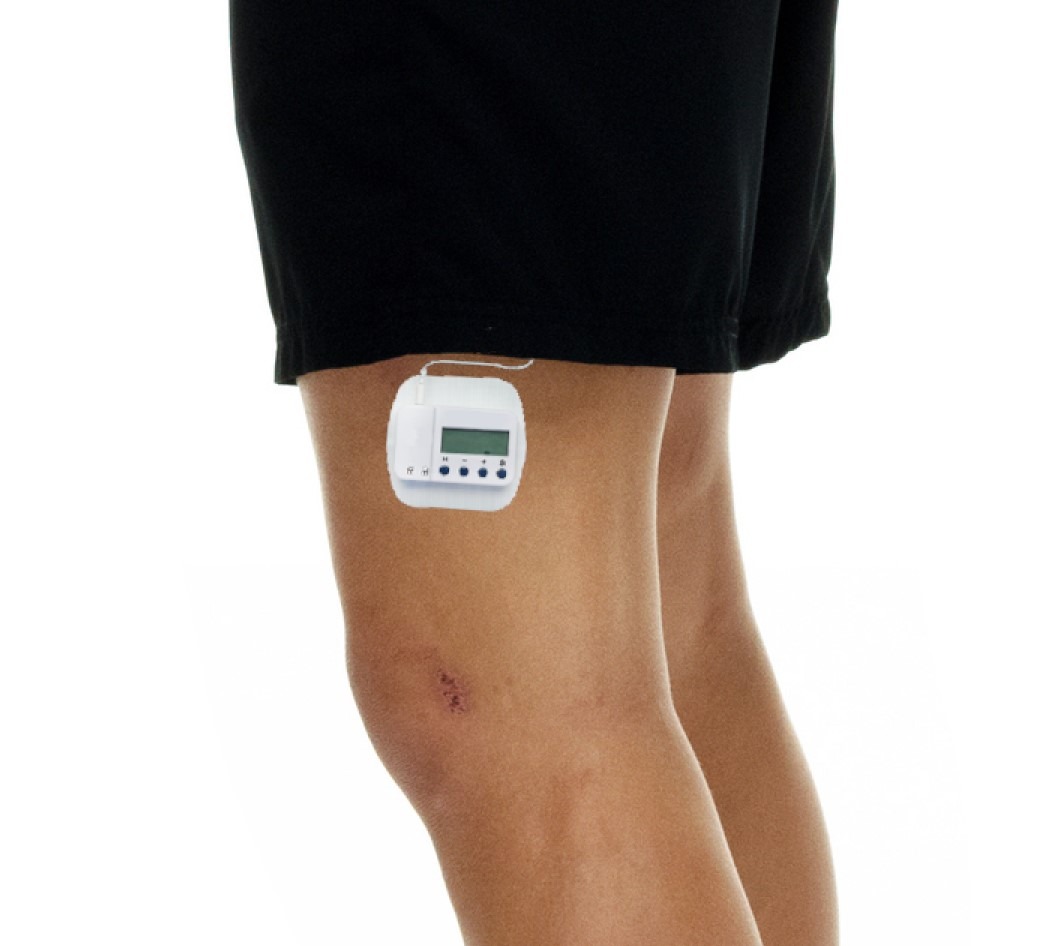
Peripheral Nerve Stimulators
Peripheral nerve stimulators offer a promising solution for individuals seeking relief from chronic pain that hasn't responded to other treatments.
These devices are designed to manage and alleviate persistent pain by delivering electrical impulses to peripheral nerves, which are nerves outside the brain and spinal cord.
The stimulation interrupts pain signals, providing significant pain relief for conditions like neuropathy, complex regional pain syndrome (CRPS), and other chronic pain disorders. Peripheral nerve stimulators are typically implanted under the skin, allowing for ongoing pain management and improved quality of life.
If you’re exploring options for chronic pain control and haven’t found relief through other methods, peripheral nerve stimulators may be a valuable consideration.
Peripheral nerve stimulators are typically implanted through a minimally invasive surgical procedure performed by a specialized healthcare provider, often a pain management specialist or neurosurgeon. Here’s an overview of how the process typically works:
First, you will receive local anesthesia to numb the area where the device will be implanted, ensuring you are comfortable throughout the procedure. During the surgery, thin, insulated wires (leads) are carefully placed near the targeted peripheral nerves. These leads, which are implanted under the skin, are then connected to a small battery-powered device called a pulse generator. The generator sends controlled electrical impulses to the leads, which in turn stimulate the peripheral nerves, interrupting pain signals and providing pain relief. Once the device is implanted, you may be given a remote control to adjust the stimulation settings as needed.
Recovery time is generally brief, and most patients can return to their regular activities within a short period.
After the implantation of a peripheral nerve stimulator, you may initially experience some mild discomfort or soreness around the surgical site, but this typically subsides within a few days.
It’s crucial to follow post-implant care instructions, including keeping the surgical site clean and dry. You’ll also be given guidance on how to operate the stimulator and adjust its settings for optimal pain relief. Regular follow-up appointments will be scheduled to monitor your progress, fine-tune the stimulation settings if necessary, and address any concerns or questions you may have. It’s essential to avoid activities that could potentially damage or dislodge the device.
With proper care and management, peripheral nerve stimulators can provide long-term relief from chronic pain and significantly improve your quality of life.
Peripheral nerve stimulators can be used to treat a variety of chronic pain conditions that haven’t responded well to other treatments, including pain affecting the following areas:
- Neck pain
- Shoulder pain
- Back pain
- Hip pain
- Lower extremity pain
Get to the root of your pain.
Experience comprehensive pain care designed to treat the root cause of your pain, not just your symptoms.
